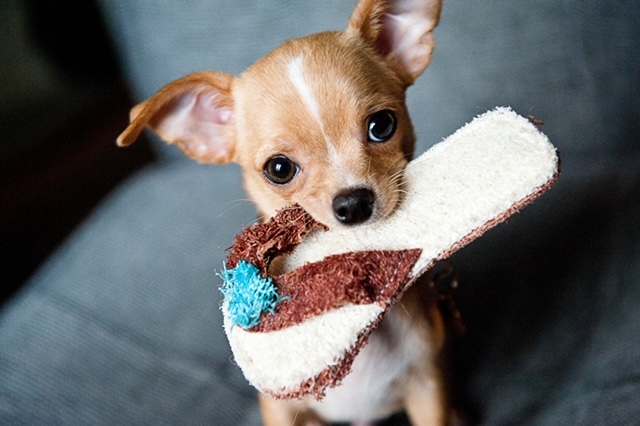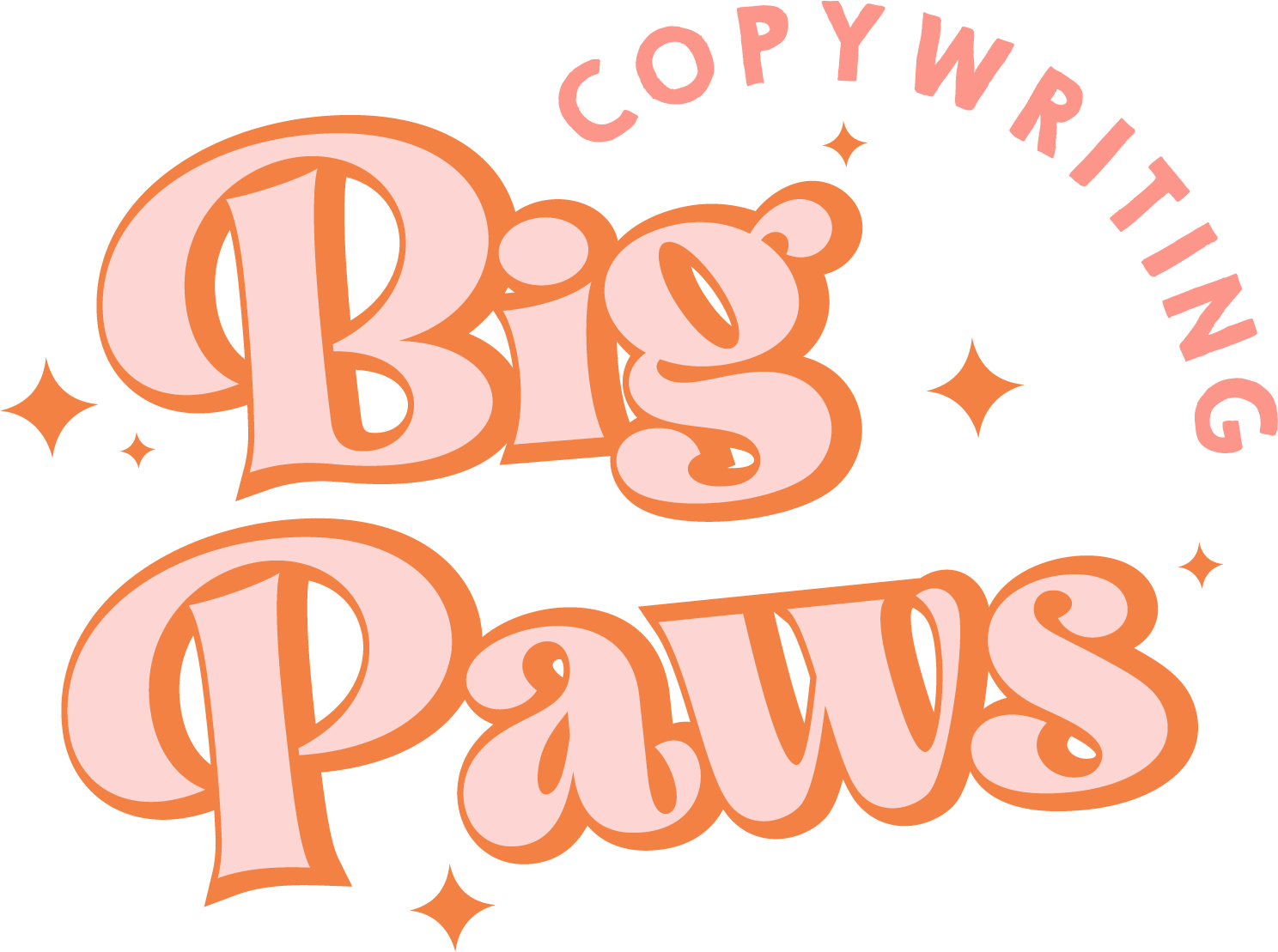The Secret Guide to Master Epic Pet Copywriting for Your Business

Do you have a knack for writing and a passion for our furry friends? If so, then you’re in luck because pet copywriting is an art and science that can make tails wag and wallets open. In this article, we’ll dive into the pawsitively effective world of pet copywriting, where words have the power to captivate and convert pet lovers into loyal customers.
Whether you’re crafting product descriptions for pet toys, writing engaging blog posts on pet care, or creating persuasive ads for pet grooming services, understanding the brand voice and incorporating keywords effectively is crucial. Each brand has its unique voice, whether it’s warm and playful or professional and knowledgeable. By understanding and utilizing the brand voice, you can create copy that resonates with the target audience and builds trust.
But it’s not just about the brand voice. In the world of pet copywriting, keywords play a vital role in attracting search engine traffic and boosting visibility. By strategically incorporating keywords like “pet toys” or “dog grooming services” into your copy, you can help pet owners find exactly what they’re looking for and increase your chances of ranking high on search engine results.
So buckle up and get ready to unleash your writing skills in the world of pet copywriting.

Understanding the target audience for pet products and services
When it comes to pet copywriting, understanding your target audience is key. Pet owners come from all walks of life, and their needs and preferences can vary greatly. Some may be looking for high-quality pet food that meets their pet’s specific dietary requirements, while others may be in search of the perfect pet accessory to pamper their furry friend. By understanding who you’re writing for, you can tailor your copy to resonate with their unique needs and desires.
For example, if you’re writing copy for a luxury pet brand targeting affluent pet owners, your tone and language may be more sophisticated and refined. On the other hand, if you’re writing for a brand that appeals to younger, more playful pet owners, your copy may be light-hearted and casual. Understanding your target audience allows you to speak their language and create a connection that goes beyond simply selling a product or service.
Remember, effective pet copywriting is about more than just highlighting the features and benefits of a product or service. It’s about connecting with pet owners on an emotional level and showing them how your offering can enhance their pet’s life. By understanding the unique challenges and aspirations of pet owners, you can tap into their emotions and create copy that truly resonates.

The power of emotional appeal in pet copywriting
When it comes to pets, emotions run deep. Pet owners love their furry companions unconditionally and want only the best for them. As a pet copywriter, tapping into these emotions can be incredibly powerful. By creating copy that evokes feelings of joy, love, and companionship, you can forge a deep connection with pet owners and inspire them to take action.
One effective way to evoke emotions in pet copywriting is through storytelling. Sharing heartwarming stories of how a particular product or service has positively impacted the lives of pets and their owners can be incredibly persuasive. For example, you could tell the story of a rescue dog who found his forever home thanks to a certain brand of pet food. By weaving a narrative that tugs at the heartstrings, you can create an emotional bond with your audience and make your copy more memorable.
In addition to storytelling, using descriptive language and vivid imagery can also help evoke emotions. Instead of simply stating that a pet bed is comfortable, paint a picture with your words, describing how it feels like sleeping on a cloud. By appealing to the senses and creating a sensory experience, you can make your copy more engaging and emotionally impactful.

Utilizing storytelling techniques in pet copywriting
Storytelling is a powerful tool in pet copywriting. It allows you to create an emotional connection with your audience, making your copy more memorable and impactful. By weaving narratives that resonate with pet owners, you can engage their emotions and inspire them to take action.
One storytelling technique commonly used in pet copywriting is the before-and-after narrative. This involves painting a picture of the challenges or frustrations pet owners may face and then showing how your product or service can transform their lives for the better. For example, you could describe the struggles of a pet owner dealing with a dog who has separation anxiety and then highlight how a particular training program helped alleviate those issues, resulting in a happier and more well-behaved pet.
Another storytelling technique is the testimonial or success story. By sharing real-life experiences and testimonials from satisfied pet owners, you can build trust and credibility. Hearing about the positive outcomes and benefits firsthand from other pet owners can be incredibly persuasive and help potential customers feel confident in their decision to choose your product or service.
Remember, when using storytelling techniques, it’s important to be authentic and genuine. Pet owners can sense when something feels forced or insincere, so make sure your stories are rooted in truth and resonate with the experiences and emotions of your target audience.

Incorporating keywords for SEO in pet copywriting
In the digital age, SEO (Search Engine Optimization) plays a crucial role in pet copywriting. By strategically incorporating relevant keywords into your copy, you can increase your visibility on search engine results pages and attract more organic traffic to your website.
Before you start incorporating keywords, it’s essential to conduct keyword research to identify the terms and phrases pet owners are searching for. Tools like Google Keyword Planner or SEMrush can help you uncover popular keywords in the pet industry. Once you have your list of keywords, you can strategically incorporate them into your copy, including in headings, subheadings, and throughout the body of your content.
However, it’s important to strike a balance between optimizing for search engines and writing for humans. Keyword stuffing, or overusing keywords in an unnatural way, can negatively impact the readability and user experience of your copy. Instead, focus on creating high-quality, informative, and engaging content that naturally incorporates keywords in a way that feels seamless and organic.
In addition to keywords, other SEO best practices such as meta tags, alt text for images, and internal linking can also help improve your website’s visibility and ranking on search engines. By following these SEO guidelines, you can ensure that your pet copywriting efforts reach a wider audience and attract more potential customers.

Writing persuasive product descriptions for pet products
Product descriptions are a critical component of pet copywriting. They provide pet owners with essential information about a product and can be the deciding factor in whether or not they make a purchase. Writing persuasive and compelling product descriptions requires a balance of creativity and concise communication.
When crafting product descriptions, it’s important to highlight the unique features and benefits of the product in a way that resonates with your target audience. Instead of simply listing the product’s specifications, focus on how it can solve a problem or enhance the pet’s life. For example, if you’re writing a product description for a self-cleaning litter box, instead of just mentioning the automatic cleaning mechanism, emphasize how it eliminates the hassle of daily scooping, making it more convenient for busy pet owners.
Additionally, using sensory language and evoking emotions can make your product descriptions more persuasive. Describe how a pet bed feels like a warm embrace, or how a dog toy can provide hours of entertainment and joy. By appealing to the senses and emotions, you can create a stronger connection with pet owners and make your product descriptions more memorable.
Remember to keep your product descriptions concise and scannable. Use bullet points or short paragraphs to break up the text and make it easier for pet owners to quickly grasp the key information.

Creating engaging blog posts for pet owners
Blog posts are an excellent way to engage with pet owners and provide them with valuable information and insights. They can position your brand as an authority in the pet industry and attract organic traffic to your website. HERE is another blog post that I wrote about the power of blogging. When creating blog posts for pet owners, it’s important to focus on topics that are relevant and interesting to your target audience.
Start by identifying common pain points or questions that pet owners may have. What are the most pressing concerns when it comes to pet care? What information or advice would be valuable to them? By addressing these topics in your blog posts, you can provide solutions and position your brand as a trusted resource.
In addition to being informative, blog posts should also be engaging and enjoyable to read. Incorporate storytelling techniques, anecdotes, or personal experiences to make your content relatable and captivating. Use a conversational tone and avoid overly technical jargon to make your blog posts accessible to a wide range of pet owners.
To maximize the impact of your blog posts, make sure to optimize them for SEO. Incorporate relevant keywords naturally into your content, use descriptive headings and subheadings, and include high-quality images or videos to enhance the visual appeal.

The importance of visual elements in pet copywriting
In the world of pet copywriting, visual elements play a crucial role in capturing the attention of pet owners and conveying key messages. Humans are visual creatures, and incorporating eye-catching images or videos can significantly enhance the impact of your copy.
When choosing visual elements for your pet copywriting, it’s important to consider the preferences and tastes of your target audience. Different pet owners may have varying aesthetics and preferences, so it’s essential to choose visuals that align with your brand and resonate with your audience.
For example, if you’re targeting dog owners who enjoy outdoor activities, using images of happy dogs playing in nature can evoke a sense of adventure and joy. On the other hand, if you’re targeting cat owners who value relaxation and tranquility, images of cats lounging in peaceful environments may be more appropriate.
In addition to images, videos can also be highly effective in pet copywriting. They can showcase the features and benefits of a product or service in a more dynamic and engaging way. For example, a video demonstrating how to use a pet grooming tool or showcasing the playfulness of a toy can be more persuasive than text alone.
Remember, visuals should complement and enhance your copy, not overshadow it. Use visual elements strategically to support your messaging and create a cohesive and visually appealing experience for pet owners.
In the end, Your Copywriting for Your Business
In the world of pet copywriting, the art of crafting compelling content that resonates with pet owners is essential. By understanding your target audience, tapping into emotions, utilizing storytelling techniques, incorporating keywords for SEO, writing persuasive product descriptions, creating engaging blog posts, and leveraging visual elements, you can master the art of pet copywriting.
So, whether you’re crafting copy for pet toys, writing blog posts on pet care, or creating persuasive ads for grooming services, remember the power of your words. With the right approach and a deep understanding of your target audience, you can create “pawsitively” effective copy that will have pet lovers wagging their tails in delight. So, unleash your writing skills and make a lasting impact in the world of pet copywriting.
Freebie Alert: Grab 80 Evergreen Content Ideas
Best part? It’s free! Post with confidence when use these topics to inspire your pet-centric blog!





